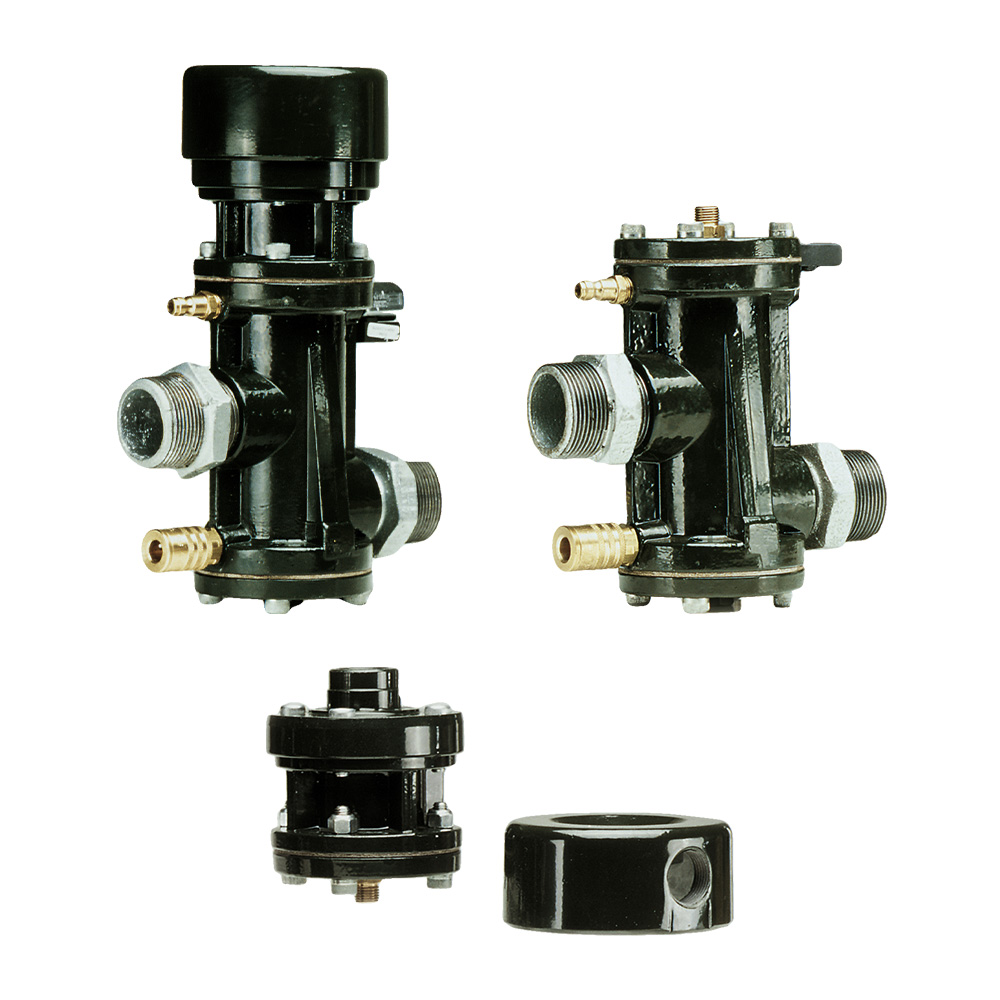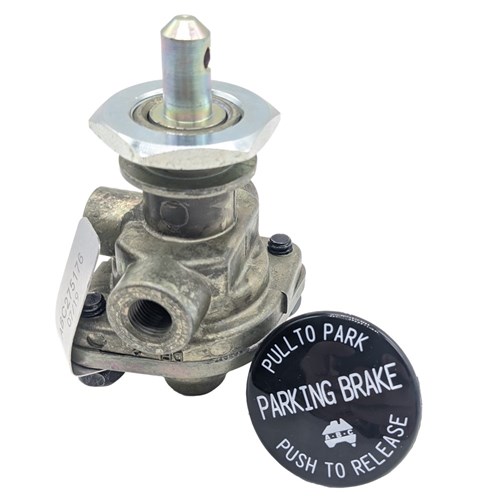How Control Valves Influence Energy Performance in Industrial Settings
How Control Valves Influence Energy Performance in Industrial Settings
Blog Article

Maximize Power Financial Savings and Comfort With Advanced Structure Automation Controls
In the realm of contemporary design and center monitoring, the integration of sophisticated building automation manages stands as a critical development. By utilizing the power of automation, structures can adapt, react, and advance in ways that were when inconceivable.
Energy Efficiency Benefits
Power efficiency benefits can substantially lower energy intake and functional prices in buildings. By executing energy-efficient practices and modern technologies, building owners and drivers can attain considerable financial savings while also contributing to ecological sustainability. One of the main advantages of enhancing energy performance in buildings is the decrease of utility costs. Energy-efficient systems, such as innovative structure automation controls, can enhance making use of sources like cooling, home heating, and lights, leading to reduced power expenditures with time.
In addition, enhanced power effectiveness can prolong the lifespan of structure equipment and systems. By running extra effectively, HVAC systems, lighting fixture, and other structure elements experience less deterioration, causing minimized maintenance and substitute expenses. Furthermore, energy-efficient buildings often command greater property worths and rental rates, providing long-term economic benefits to owners.
Additionally, power efficiency can boost resident convenience and productivity. Properly controlled interior environments with optimum illumination and thermal problems produce an even more pleasant and helpful work area, resulting in improved employee contentment and performance. Generally, the power performance benefits connected with innovative building automation controls are multifaceted, including expense financial savings, ecological stewardship, and owner well-being.
Enhanced Comfort Control
Enhancing convenience control in structure settings needs a sophisticated assimilation of sophisticated automation systems for optimal occupant well-being. By making use of sophisticated building automation controls, facilities can customize the interior atmosphere to fulfill the certain requirements and preferences of residents. control valves.
By integrating these sophisticated controls, structures can not just enhance convenience but additionally boost power effectiveness by enhancing system procedures based on actual occupancy and use patterns. Ultimately, prioritizing passenger comfort through advanced automation systems leads to a much more enjoyable and healthier indoor setting.
Functional Effectiveness Improvements

Furthermore, the application of real-time tracking and analytics devices enables structure drivers to recognize energy ineffectiveness and functional abnormalities quickly. By constantly keeping an eye on energy usage patterns and system efficiency metrics, modifications can be made in real-time to enhance energy usage and make sure peak operational efficiency. control valves. In addition, incorporating demand reaction techniques right into structure automation controls can even more improve functional efficiency by dynamically readjusting energy use based upon grid conditions and rates signals
Indoor Climate Optimization
Reliable indoor environment optimization is a basic facet of building automation controls, making sure passengers' comfort and health while making best use of power savings. By utilizing sophisticated sensors and controls, developing automation systems can continually readjust and keep track of temperature, humidity degrees, air high quality, and air flow to create an optimum indoor company website atmosphere. Keeping regular and comfortable problems not only enhances passenger satisfaction but also boosts performance and general wellness.
Indoor climate optimization likewise plays an important role in power efficiency. By fine-tuning ventilation, cooling, and home heating systems based upon real-time data and occupancy patterns, developing automation controls can dramatically reduce energy consumption - control valves. Executing strategies such as demand-controlled air flow find out here and thermal zoning can help minimize power waste while ensuring that each location of the building gets the required conditioning.

Lasting Setting Development
Building automation controls not just maximize interior climate problems for energy efficiency and occupant convenience but likewise lay the foundation for producing a lasting setting via tactical management of systems and resources. By integrating advanced building automation technologies, such as sensing units, actuators, and intelligent software program, centers can keep track of and readjust energy use in real-time to lessen waste and lower their carbon impact. These systems make it possible for predictive maintenance, identifying possible issues prior to they intensify and maximizing tools performance to boost long life and performance.
Additionally, sustainable setting creation prolongs past power monitoring to include water preservation, waste reduction, and interior air top quality improvement. Structure automation controls can control water usage, detect leaks, and guarantee appropriate garbage disposal practices, adding to total sustainability initiatives. In addition, by managing and checking air flow and filtration systems, these modern technologies enhance occupant health and productivity while decreasing power usage associated with HVAC operations.
Conclusion
In conclusion, advanced structure automation controls offer significant benefits in regards to power cost savings, comfort control, functional performance, interior environment optimization, and producing a sustainable setting. By executing these controls, buildings can achieve optimum performance while lowering power consumption and enhancing resident comfort. It appears that making use of sophisticated automation innovation is important in improving building performance and developing a more lasting future.
Energy effectiveness benefits can substantially reduce power consumption and functional expenses you can try this out in structures. Overall, the power performance advantages associated with advanced structure automation controls are complex, encompassing cost savings, environmental stewardship, and resident health.
In addition, integrating demand feedback methods right into structure automation controls can further improve operational performance by dynamically adjusting energy use based on grid problems and rates signals.
Building automation controls not only maximize indoor climate problems for power effectiveness and occupant convenience however additionally lay the structure for producing a lasting atmosphere through tactical management of systems and resources.In verdict, progressed building automation manages deal considerable advantages in terms of power cost savings, convenience control, functional performance, interior climate optimization, and creating a lasting setting.
Report this page